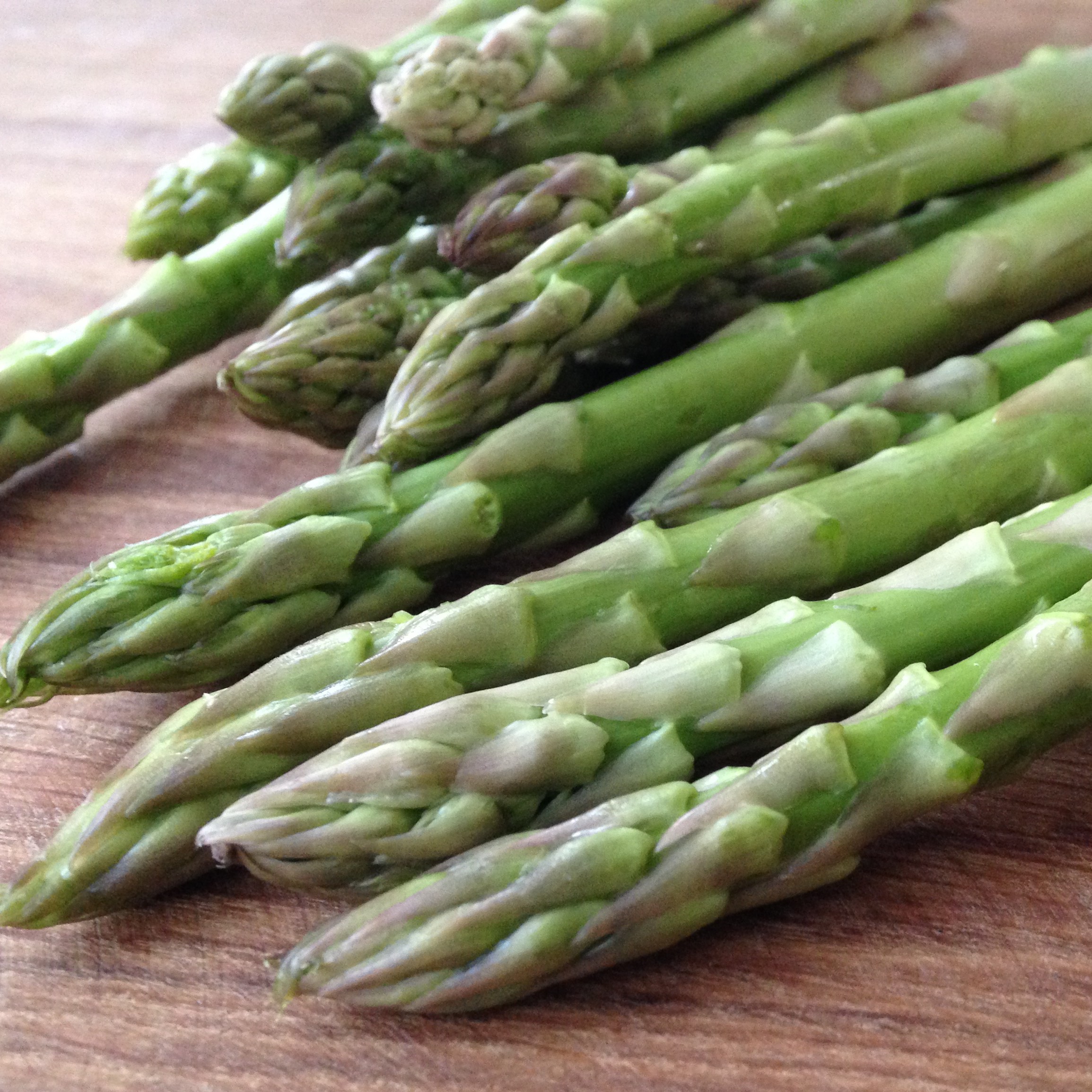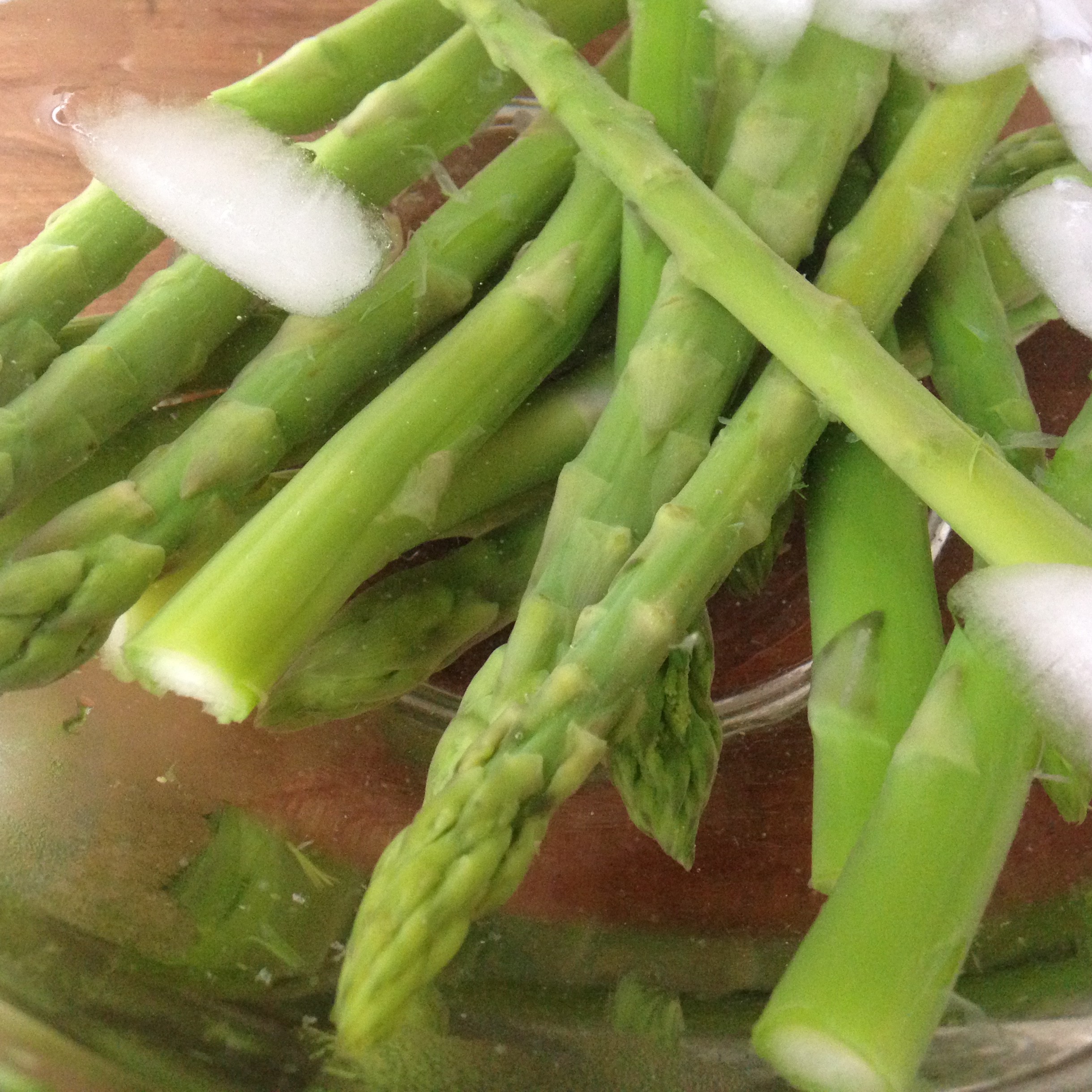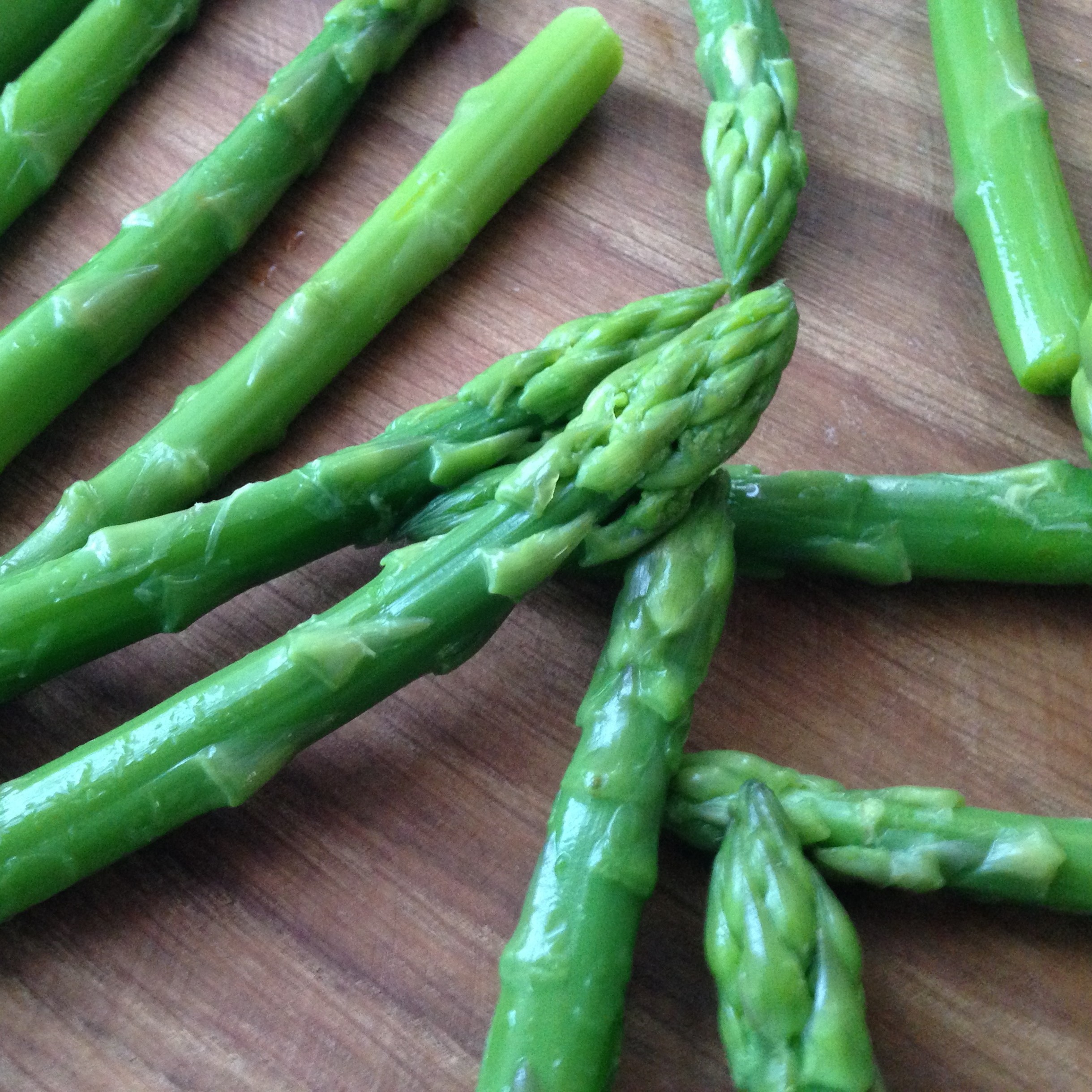How To Blanch Vegetables
It is rare that anyone would recommend boiling vegetables, root vegetables being the exception, but that is exactly what blanching is. It makes sense to ask – isn’t poaching or simmering better for vegetables? After all, boiling is pretty aggressive cooking. It is true that boiling is aggressive, but for the most part, boiling/blanching is meant to be a very short cooking method. The idea is to cook the vegetables just long enough to be tender with color preserved (and usually brightened) and not so long as to kill all the nutrition and create a grey mass of mushy vegetable matter.
Why Blanch?
There are a few reasons for blanching. Mostly it is used to pre-cook vegetables that will go on to be cooked in other dishes where the cooking time may be too short to properly cook the vegetable. Although we may despise over cooked vegetables, having undercooked vegetables isn’t the goal either. No, having undercooked vegetables is not the end of the world, but we want to do our best to cook them through properly so our dishes can come out the best they can. Blanching vegetables should not be overlooked for use in creating salads. Well cooked vegetables, especially those that might be tough (say carrot, green beans or asparagus), are a nice addition to a salad. One of the most famous being Salad Nicoise, which typically includes blanched green beans.
Another reason to blanch is to facilitate the peeling of some vegetables (and fruits, too). Sometimes we come across a recipe for peeled and seeded, fresh tomatoes. The best way to peel a tomato is to blanch it in boiling water for a minute or two. The boiling water helps make the skin peel a lot easier. This works for peaches, too. Nuts, like almonds, can be blanched to remove their skins. Another reason to blanch is to reduce overpowering flavors. A short time in some boiling water and strong flavored vegetables, like cabbage and onions, can be made to taste better and, since the cooking time is brief, it will still have plenty of taste and texture. Yet another reason to blanch is to prepare vegetables for freezing.
Are Meats Blanched?
On occasion meats and bones are blanched. For example, sometimes we might be using a smoked bacon and wish to reduce some of its smokey or salty flavor impact. Dropping the bacon in boiling water for a few minutes will do this quite nicely. Blanching is also a classic technique for removing impurities from meat that will be braised and bones that will be used to make stock. They are quickly boiled for only a few minutes. The liquid is discarded and new water or other liquid is used to complete the cooking.
How to Blanch Vegetables – The technique.
The actual blanching of vegetables is actually quite simple. There are 3 main steps…
How To Blanch Vegetables
Bring Water To Boil
Plunge The Vegetables into The Boiling Water Cooking Until Just Tender with Color Preserved
Remove The Vegetables from The Boiling Water When Cooked. Plunge in Ice Water To Stop The Cooking. Drain.
You can use small or large amounts of water, depending on the amount of vegetables that need to be cooked. Putting salt in the boiling water is optional. Be sure to cut the vegetables to a uniform size. Vegetables should be blanched by type from lightest to darkest in color. Inevitably, some of the color will leach into the water and you don’t want the water to “stain” vegetables that are lighter in color. While the water is coming to a boil, prepare the ice bath. Make it deep with more water than ice. Remember, blanching doesn’t take long – usually 3-5 minutes depending on the size of the vegetable pieces and your tastes. If you are using this method to peel vegetables or fruit, they should cook about about a minute, not much more.
I hope you enjoy! Now let’s get blanching!
Keep Eating! Keep Innovating!
How do you blanch your vegetables? Let us know all about it in the comments or on Facebook.
The Culinary Exchange can also be found on Twitter, Instagram, Pinterest, Google+ and YouTube.









Trackbacks/Pingbacks